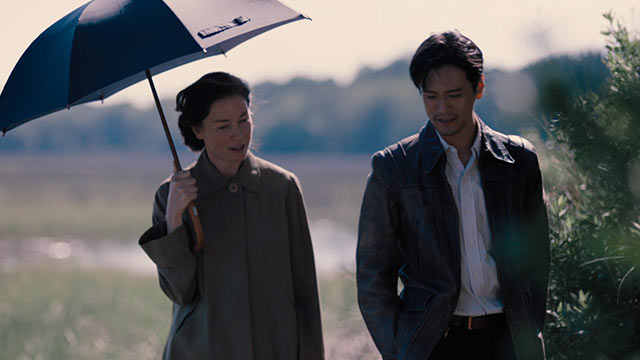As I’m sure you’ve heard, it’s now 2015, and we all know what that means: God’s wrath.
Well, not so much the wrath of God, but the weirdest consequence of a man trying to assume God’s power. The consequence is an existential crisis so bad it brings around the end of all humanity.
So we’ve all survived Y2K, and then that Mayan thing in 2012, and this year Gendo Ikari is going to protect all of humanity from angels. Yes, like angels from Heaven. They’re larger than even Japan’s dizzying skyscrapers and sweat acid and are largely terrifying.
Don’t worry, we won’t all be destroyed until next year, so, senior classmen, grab that degree and hold that piece of paper tight. It’ll probably be really impressive when all our souls are one.
But there are more predictions than just that in Neon Genesis Evangelion, the classic anime and manga series set in the year 2015. The first installment of the manga was published in 1994, and it made a lot of risky predictions about what our year is going to be like.
For instance, high-waisted shorts are still in style, which, yes, is a true relief. And speaking of women’s fashion, blatant and overt misogyny is still thriving, but there are plenty of women scientists generally kicking butt.
Evangelion, while definitely a mecha anime, is more focused on the teams of scientists supporting the giant robots, even during the disastrously intense fights. Seriously, remember to breathe, take a walk, maybe. Spend time with your loved ones.
You’d think a bunch of people in white coats shouting a bunch of fictional vernacular nonsense wouldn’t be so stressful, but you’d be wrong.
And if you’re frustrated about the government not doing much in the way of paying your tuition, the government doesn’t spend a lot of money on the giant robots created ostensibly to save all of humankind, either.
Also, the government is basically run entirely by three software programs based on three aspects of a woman’s personality. Everyone seems largely pleased by being governed by electronics.
As for our expansive technological advancements that the early ’90s foresaw, microfiche is apparently making a comeback, as is letter writing, camcorders the size of my head and Walkmans. Not the kind that play CDs, either; these play tapes. I don’t even own tapes anymore.
Also, their computers are at best Toshiba T1000s, at worst IBM’s 4860 PCjr. Essentially, a toddler could fit in the monitor of the characters’ personal computers.
It’s also comforting to note that while so many humans have fled Tokyo after the enormous Christian monsters sweat acid and stomped on buildings and killed thousands of people, cicadas are still there, swarming, and almost loud enough to drown out anything the characters are saying. So even in the midst of the apocalypse, bugs are always there. Buzzing.
Neon Genesis Evangelion really deconstructed the mecha genre and religion, and not just Western religion. It questioned familial ties, personal identities and what it means to be lonely, and all while people are dying all around and fleeing and conniving in the dark.
The art is very conventional right up to the end, when the question of “who am I” and “how do I know” is so overwhelming and all-consuming that the art, the characters’ reality, literally breaks apart and disappears and smears across the screen.
If you’ve ever stood in an art museum and just not understood how colors and lines can comment on emotions, then the end of this series is practically an instruction manual. The last two episodes of a 26-episode series walk you through it.
There are two movies, each an alternative ending to the series, that I’ve been summarily warned not to waste to my time on, but I will anyway because I’m starving for more.






